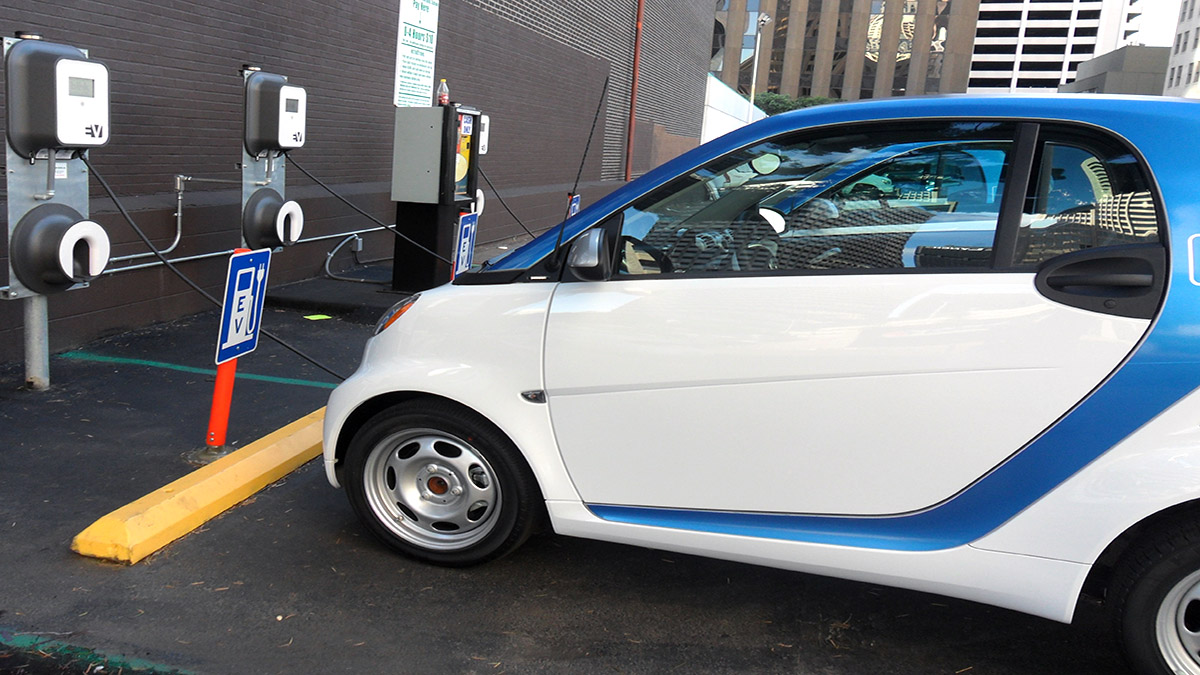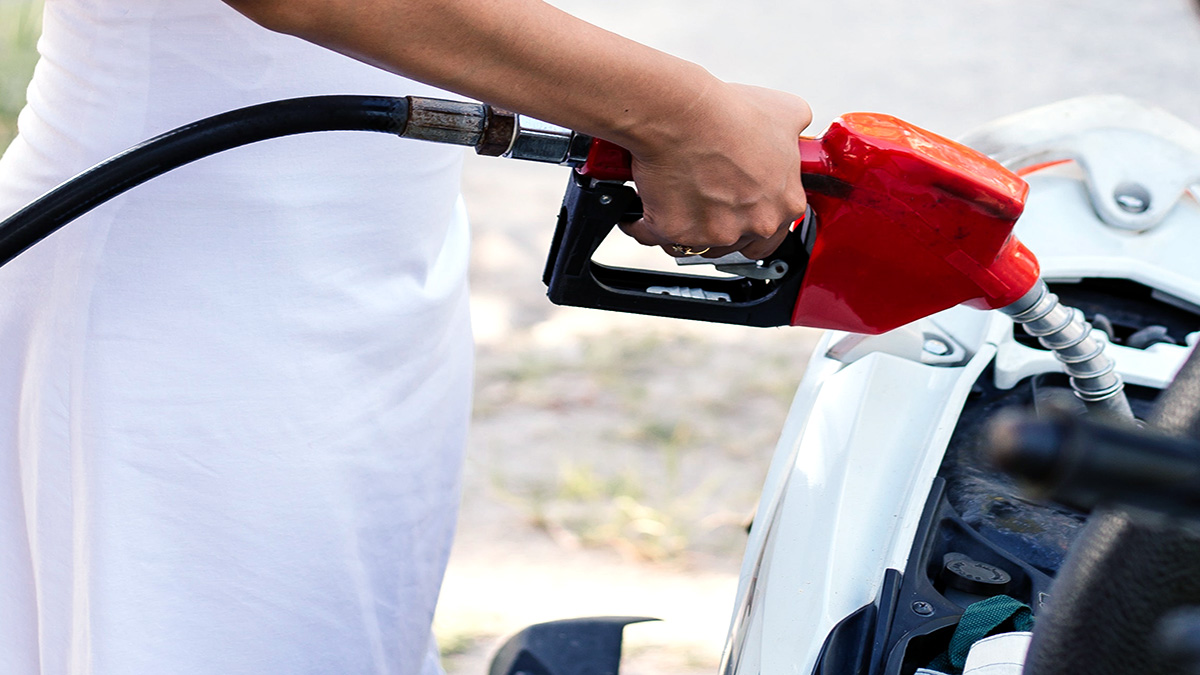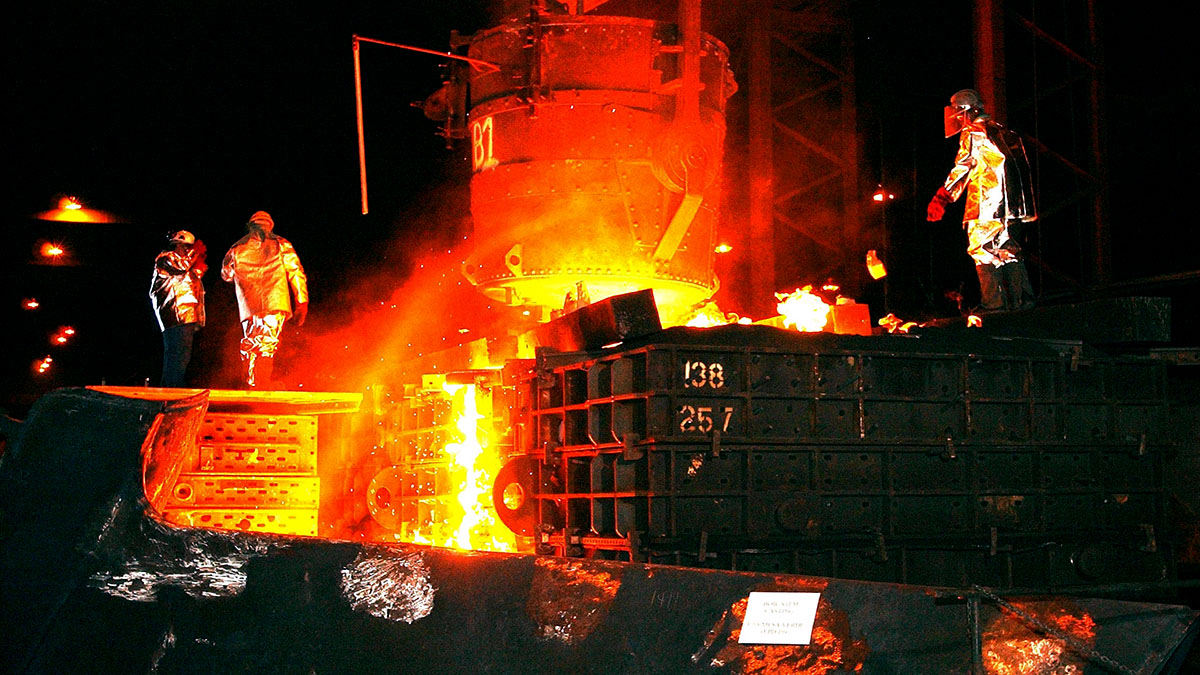Operating margins of primary steel producers are set to decline ~200 basis points (bps) to ~15% this fiscal on weaker sales volume and realisation, amid limited cushion available from lower raw material prices. Producers may still be better off than in the previous downturn of fiscal 2016 because the imposition of anti-dumping duty by the government and resolution of stressed assets have helped shore up their debt metrics. Deferral of capex this fiscal and likely demand recovery next fiscal will also support credit profiles.
The percentage fall in sales volume on-year is likely to be in high single digit this fiscal mainly because domestic demand evaporated in the first quarter following the Covid-19 pandemic-induced lockdowns. A likely recovery during the rest of this fiscal – stemming from pent-up demand, government spending on rural housing and roads, and growth in lower-margin exports – may not be enough to offset the first-quarter blow.
Isha Chaudhary, Director, CRISIL Research says that “Lower volumes and realisations will put pressure on the operating margins of steel producers this fiscal, despite some support from softer iron ore and coking coal prices, which form ~80% of their raw material cost. We expect operating margins, which had slid 400 bps last fiscal from a peak of 21% in fiscal 2019, to fall another 200 bps to ~15% this fiscal.”
Operating margins had hit a decadal low of 9% during the previous steel sector downturn of fiscal 2016. This time around, domestic steel makers get support from the anti-dumping duty, which sets a floor price for steel imports from China, South Korea and Vietnam, among others. Consequently, domestic prices this fiscal would be ~25% higher and aggregate industry operating profit nearly twice that in fiscal 2016.
Moreover, steelmakers are likely to defer nearly half of their planned capex this fiscal and conserve cash to fortify financials. Consequently, we expect their gross debt to remain stable and the decline in interest cover to be restricted to~1.7 times this fiscal compared with ~2.3 times in fiscal 2020 and below 1 time in fiscal 2016.
Naveen Vaidyanathan, Associate Director, CRISIL Ratings says that “We foresee a bounce-back in steel demand growth to double digits next fiscal because of likely government push to housing and infrastructure, and recovery in automobile sales. That would improve the steel industry’s profits, increase interest cover to ~2.3 times, and support credit profiles.”
Better health of steel companies – debt issues of most large stressed capacities have been resolved and they have consolidated with stronger peers – will help them ride near-term headwinds. The pace of demand recovery and its impact on steel prices would be the key monitorable in the road ahead.












